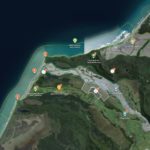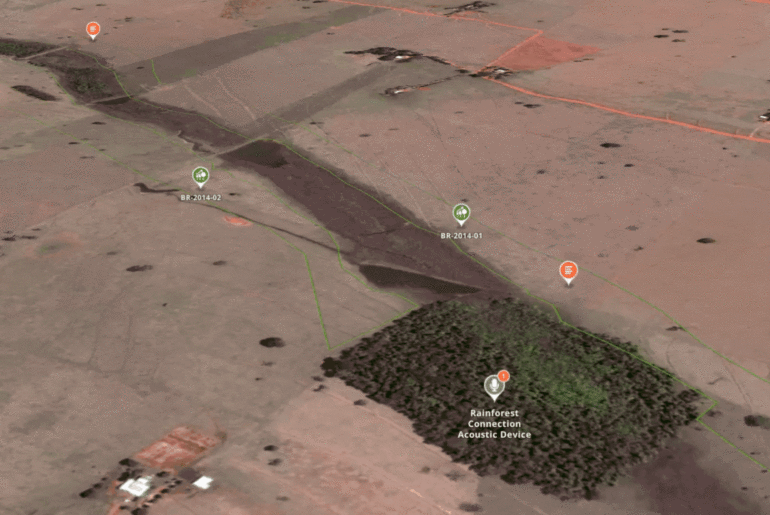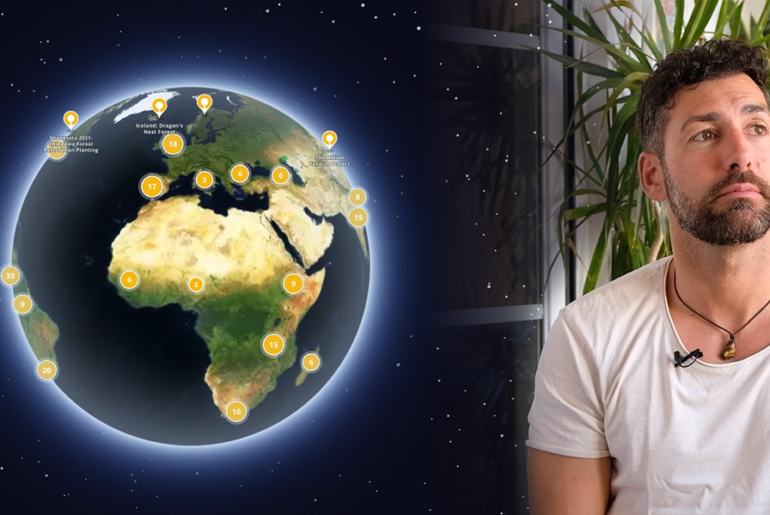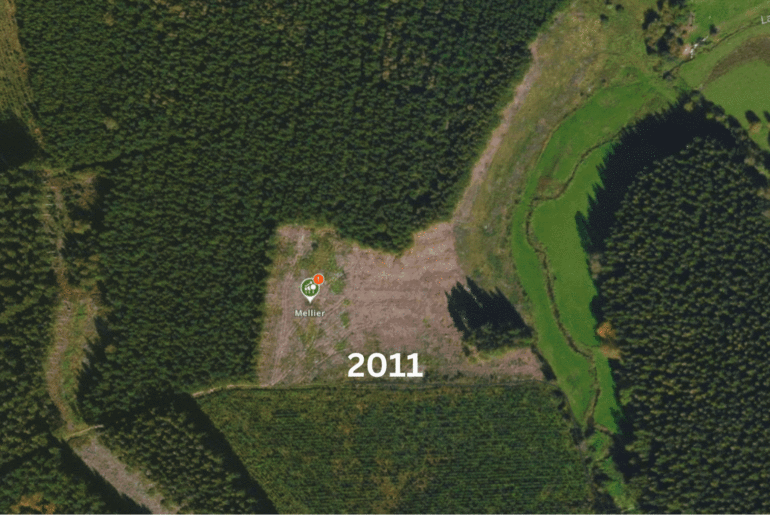We’re pleased to welcome a new member on the explorer.land platform: Acción Andina, a multi-country forest restoration initiative in the Andes mountains of South America. Acción Andina aims to restore one million hectares (approx. 2.5 million acres) of high Andean forest ecosystems in the next 25 years. It distinguishes itself with its community-led cultural approach to forest restoration and its focus on the Polylepis species, one of the highest-altitude trees in the world.
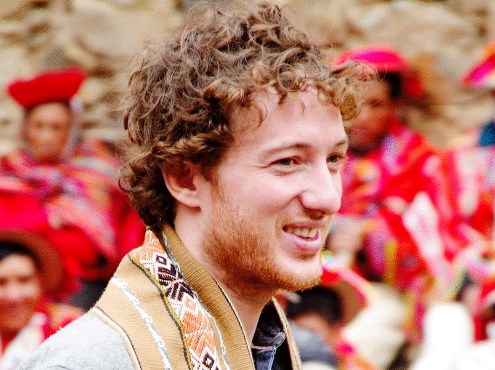
We asked Florent Kaiser, Executive Director of Global Forest Generation, the main strategic partner of Acción Andina to share his thoughts on explorer.land’s new collaboration in a short interview with Alexander Watson from OpenForests.
Alexander Watson: First, tell us what makes your project unique.
Florent Kaiser: We’re the world’s largest initiative focused exclusively on the preservation and restoration of Polylepis. This tree has been called the most important tree you’ve never heard of. Its natural range extends up to 5000 meters (16,400 feet) above sea level in the Andes corridor, just below glaciers at the edge of the tree line. It’s in that high altitude position that the Polylepis tree species acts as a “green scarf”, capturing glacial melt and storing it in soil and aquifers. This has huge effects for the populations that live below these forests, which include nearby communities as well as major Latin American cities like Lima, Peru. So it makes sense that the deforestation of Polylepis has been devastating. These trees have been reduced to less than 10% of their natural range over the last 500 years, resulting in the loss of water sources, habitats for wildlife, erosion, and much more.
These trees have been reduced to less than 10% of their natural range over the last 500 years, resulting in the loss of water sources, habitats for wildlife, erosion, and much more.
Florent Kaiser, Executive Director, Global Forest Generation
No one has felt this more acutely than the high Andean communities nearby, and they are our closest partners in this forest restoration work. They depend on water sources for agriculture, which is increasingly threatened by climate change. These communities, many of them indigenous, have proven willing to commit community lands, time, and effort into the restoration of their lands with forests. Acción Andina is, in many ways, a response to their vision, as well as a clear contribution to tackling global climate change and the biodiversity crisis.

Alexander Watson: What is the value of Acción Andina appearing on a platform like explorer.land?
Florent Kaiser: One of the shortcomings of the forest restoration and reforestation space is a lack of transparency and accountability. There’s been improvement in recent years, but in our opinion, the sector still has a long way to go to make sure all resources go to the right people and finance the right actions.
explorer.land is a major solution. It provides our stakeholders with the transparency they have a right to expect. Everyone who interacts with Acción Andina, whether as a donor, institution or even a casual observer, deserves to see for themselves what we’ve been doing on the ground.
We welcome this deeper dive. We’re proud of our progress. explorer.land allows us to show exactly where our project sites are and what’s happening there.
Alexander Watson: Can you share examples from Acción Andina’s profile on the site?
Florent Kaiser: Sure. But please note: We’re still in the process of building our project profiles, collecting and synthesizing vast amounts of data from our on-the-ground partners. Our projects are expected to be fully live on explorer.land by mid-2021.
Example 1: Vilcanota Project Overview
Here’s an example from Asociacion Ecosistemas Andinos (ECOAN), led by Constantino Aucca Chutas, our partner in Peru. We’ve chosen to highlight their project Vilcanota: Restoring Peru’s highland forests. The following map on explorer.land shows the entire region of the project and the location of our area of influence (outlined in white). Also seen are nearby reference points such as the city of Cusco and Machu Picchu. It also gives a good introduction to the landscape showing the mountain ranges, valleys, glaciers, lagoons, and villages. With this distant view, one can see the standing forests (dark green), the private conservation areas (light green), and the locations of our nurseries and areas of interest (green and white dots).
Example 2: Private Conservation Areas
One way to protect the remaining forests, after mapping them, is to help communities create private conservation areas (light green large polygons outlining the upper forests), raising awareness about the sustainable use of resources. Most of the native forests in this area are within the conservation area.
The following area highlighted in light green is a Private Conservation Area (PCA) called “Choquechaca”. By registering PCAs, communities gain legal land titles and protection for the sustainable management of their lands and resources.
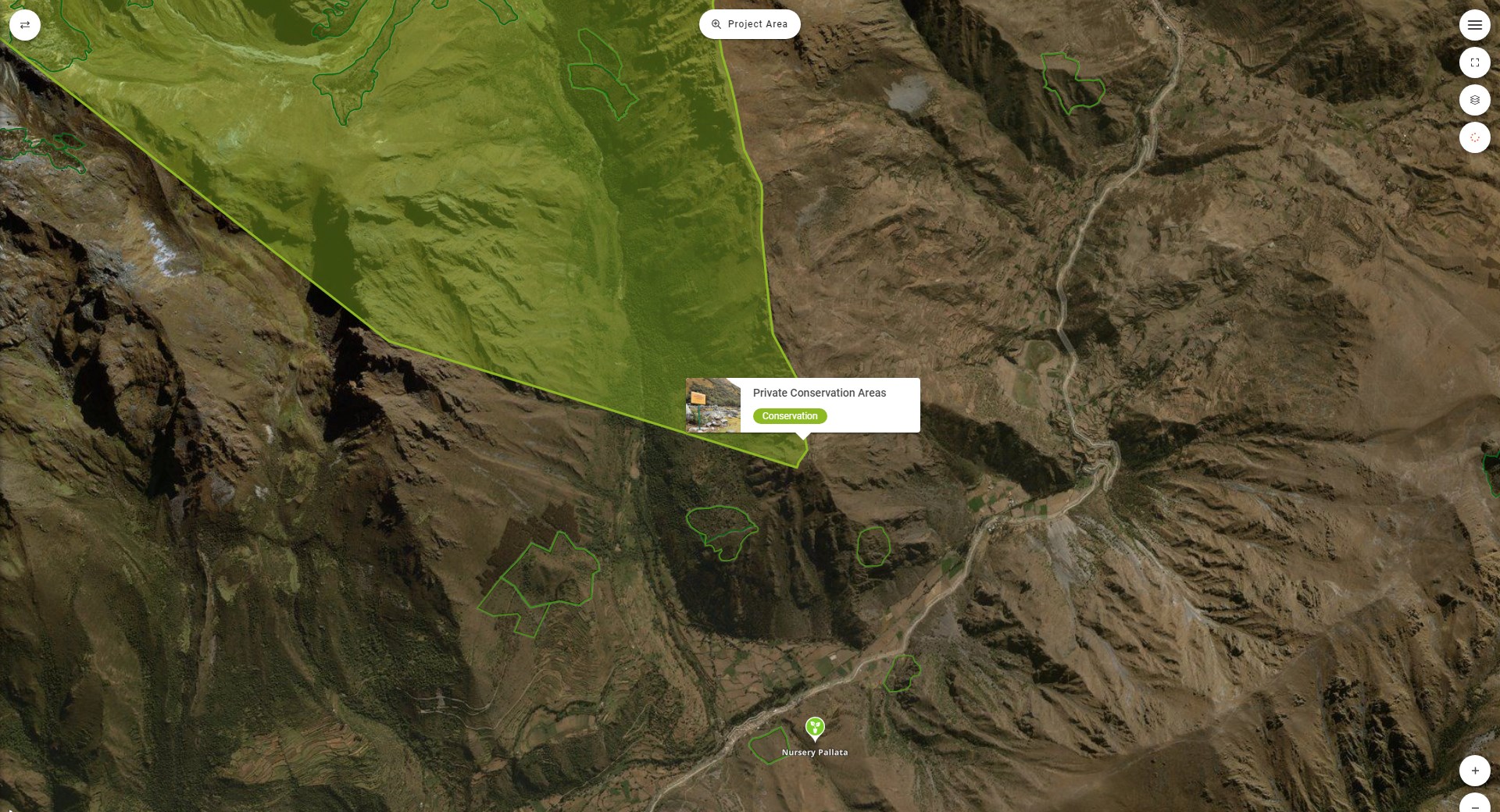
This map also shows the community of Pallata and its agricultural areas, which are fed by two rivers, one that comes from the valley within the PCA and another parallel to the town that comes from snow-covered mountains further away.
The 45 families living in Pallata make their living from agriculture and tourism. Pallata is part of the Ollantaytambo community where a total of 270 families use the water from these rivers for their crops, mainly corn.
The entire project area, the 100,000-hectare Vilcanota highland plateau, has a population of approximately 8000 people. Images like this demonstrate the critical importance of forest conservation for water security of communities and cities downstream.
Example 3: Reforestation Sites
Going into more detail, this platform can show not only the location of the standing forests (dark green) but also how we work to restore these forests and expand them, by placing reforestation areas (light green polygons) next to the remaining forests.
A very important feature of explorer.land is that this platform is able to show the progress of projects over time. In this videocast, we can see one of the most recent reforestations of 2019, where an area adjacent to native Polylepis forests and earlier reforestations (2000 – 2017), continued to be restored recently.
Acción Andina has long-term projects with strategically placed and interconnected restorations. We work closely with communities and we emphasize the protection and monitoring of restored areas.
Alexander Watson: What do you see for the future of this partnership?
Forest Kaiser: As a partnership, and as a planet, we’re entering a moment of great transition. We’re proud of what we’ve done in the past two and a half years – 1.7 million native Polylepis trees, planted under the leadership and care of community leaders who have a vested interest in their growth. These trees help accelerate the natural regeneration of their ecosystem. But there’s a lot more to do, and when we say more, we’re talking exponentially more. We have the vision to protect and restore one million hectares of Polylepis forest in South America.
We have the vision to protect and restore one million hectares of Polylepis forest in South America.
Florent Kaiser, Executive Director, Global Forest Generation
At that scale, traceability and accountability isn’t just a bonus or a nice idea, it’s critical. Without the trust that explorer.land inspires, we simply cannot reach the level of investment our vision requires.
As Global Forest Generation, we’re members of the advisory board of the World Economic Forum’s Trillion Tree campaign 1t.org and we are official Supporters of the upcoming UN Decade on Ecosystem Restoration which starts on June 5th. We work with fellow restoration leaders to make sure ecosystem restoration is done the right way. In short: tree-planting is not enough. We need to restore ecosystems in the long term to tackle the phenomenal challenges climate change and biodiversity loss represent.
The UN Decade is a perfect spotlight on the importance of what we do, and on the scale that’s needed. It’s an extraordinary time to be in this work. There are tremendous challenges ahead of us, but unprecedented energy and creativity to solve them. We look forward to growing with explorer.land as we show the world what’s possible.
Alexander Watson: Thank you for sharing some insights of this outstanding large-scale restoration project with us. We want to encourage everyone to learn more about Accion Andina and to support the toughest tree planting at altitudes of up to 5.000 meters above sea level.


